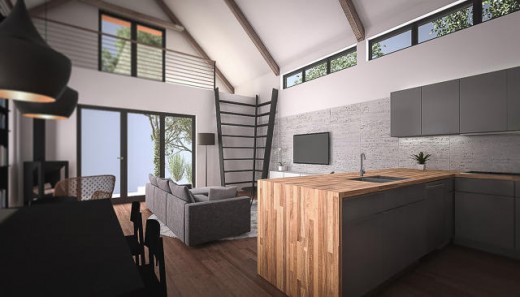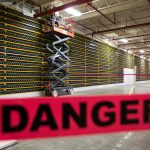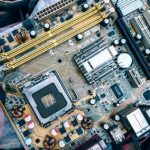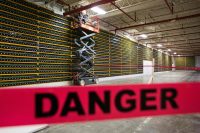This Zero-energy house is Run through Machines and costs so much not up to an ordinary home
Can the Axiom house create a brand new model for a way we design homes—and how we construct them?
September 29, 2015
A web-zero house—person who creates as much vitality as it uses—is usually a dear custom design. the cost is one reason that there are simplest round 600 of the homes within the U.S. as of late.
however a brand new startup needs to make a house with out a vitality payments as cheap as shopping for a regular energy-sucking McMansion. The Axiom home is extremely-efficient, runs on renewable energy, and smart: Robots deal with everything from lights and safety to mowing the garden.
“We feel that on many levels, the everyday house is extremely old-fashioned,” says Andrew Dickson, cofounder of Acre Designs, which created the new home. “We view this as an opportunity to redefine what the American home is, and tailor for a way of life that’s extra excited by doing great things than having issues.”
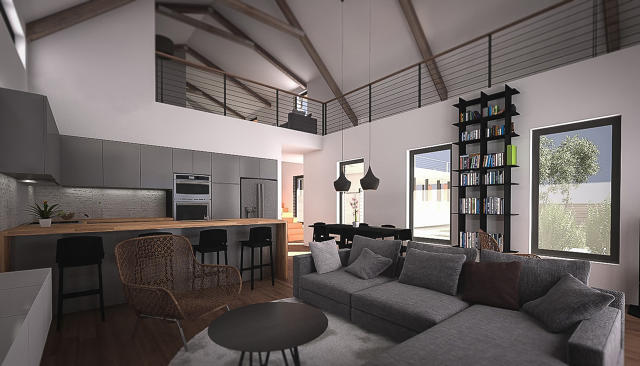
whereas nearly every other product has advanced, standard homes have not modified so much for generations, although individuals have. At 2,600 square ft on moderate, they may be regularly outsized for up to date households. Over 30 years—with the price of utilities, hobby, taxes, and insurance—a $300,000 home ends up costing closer to one million bucks. conventional homes run on the equivalent of eleven,000 pounds of coal. “And [they] do not actually serve individuals’s needs all that well,” Dickson says.
An 1,800-square-foot Axiom house prices round $220,000 (no longer including land), some distance lower than most architect-designed houses. it can be more cost effective as a result of it’s a regular adaptation; the designers evaluate it to buying a car. you could make a choice some features, but the general structure is the same, so it can be mass-produced.
cautious design and prebuilt parts lend a hand get rid of standard development waste, while additionally making the house faster to gather. The pre-engineered panels that make up the walls go up in lower than half of the time of a typical home, and the savings on labor help make the final product affordable. the home is even more cost effective than a prefab web-zero home that is also aiming for affordability.

“The saying most often goes ‘quick, low-cost, or just right: decide two,'” Dickson says. “With modern manufacturing, we are able to have all three. that is what we experience in our gadgets and vehicles— power design and useful improvements with costs going down and value going up. Time to bring that to housing.”
Acre considers itself a tech firm more than a homebuilder. “Thermostats weren’t a ‘tech’ thing except Nest showed how they can be treated like a client product and use a tech mentality to expand that all the way through a market,” says Dickson.
As a product fashion designer, Dickson took a product design manner. “We particularly divorced ourselves from the norm—tactics, developments, designs, and supplies—and approached the problem during the lens of business design, manufacturing, distribution, and UX,” he says.
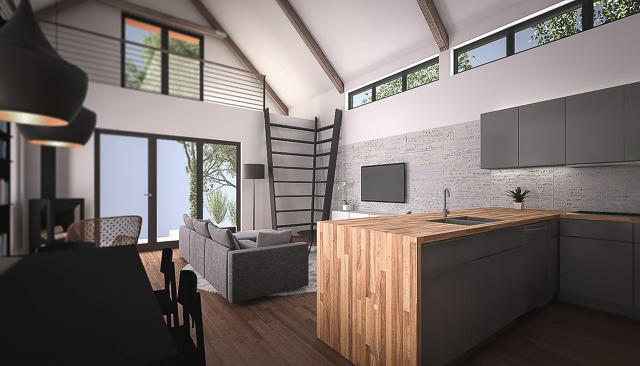
expertise is constructed into each aspect of the home, reasonably than “making use of after-market add-ons like a Band-aid,” he says. Forty sensors display things like weather, temperature, and occupancy, and automatically modify window colorings and heating. the first prototype might be built in Google’s new “Fiberhood” in Kansas city—totally connected to Google Fiber—and can exist on the cloud.
tremendous-efficient doorways, home windows, and appliances, along with a format that takes advantage of heating and cooling from solar and colour, mean that the home robotically makes use of ninety% much less vitality than an ordinary home. The little that is left is roofed with sun panels. A grid of pipes constructed within the ground beneath the floor offers renewably powered heat.
Even the process of buying a home through Acre will be totally different, with a web retailer instead of actual estate agents. “[We’re] the use of expertise and disruptive considering to break analog, guide norms which are wasteful and difficult to ramp up,” Dickson says.

The designers are crowdfunding the first prototype house on Indiegogo now, and plan to are living in it themselves quickly next year to . the primary houses will likely be on sale in Kansas metropolis, and designed for Kansas’s alternately scorching and freezing weather. but they hope to quickly unfold across the U.S., beginning with California, where all new properties will have to meet a internet-zero vitality usual in five years, and transferring on to cities like Austin, Seattle, and Portland, Oregon.
“via the use of a dispensed manufacturing edition, we can use the existing property of builders throughout the united states to scale in no time,” says Dickson.
“We view this as our likelihood to make use of design and technology to make a dent on the earth, changing a product that could be a burden on households, economies, and the atmosphere with one thing that’s uplifting and a place the place the next era can recharge of their trip to do good stuff.”
[All Images: via Acre Designs]
(63)

